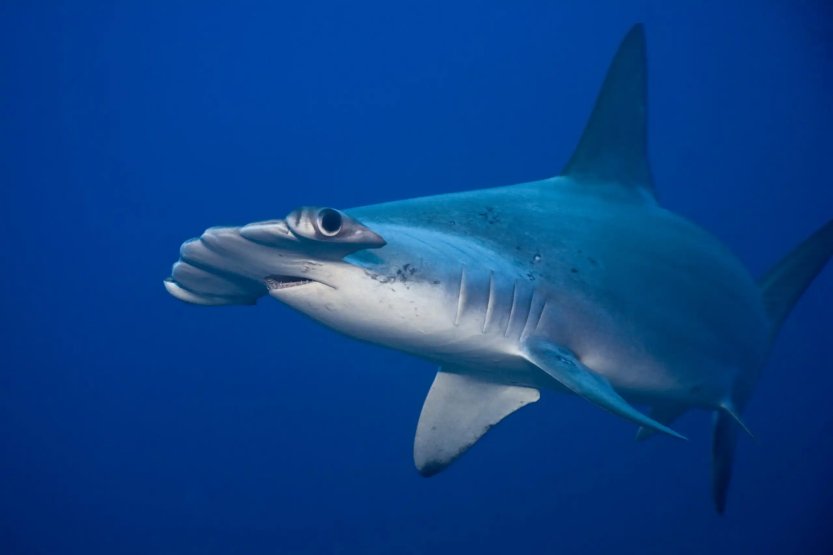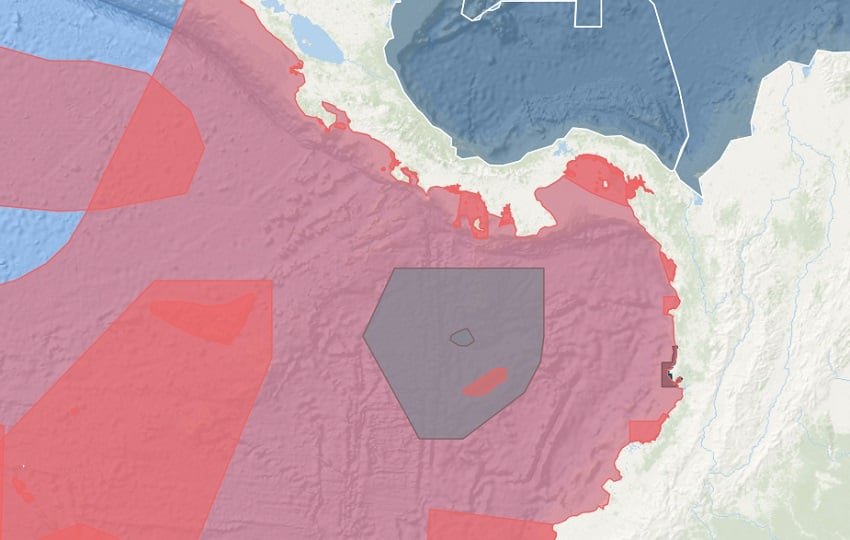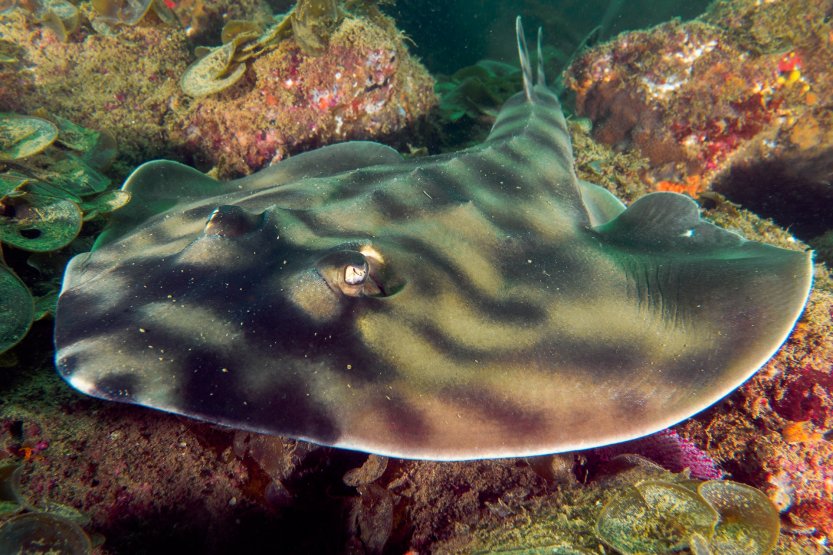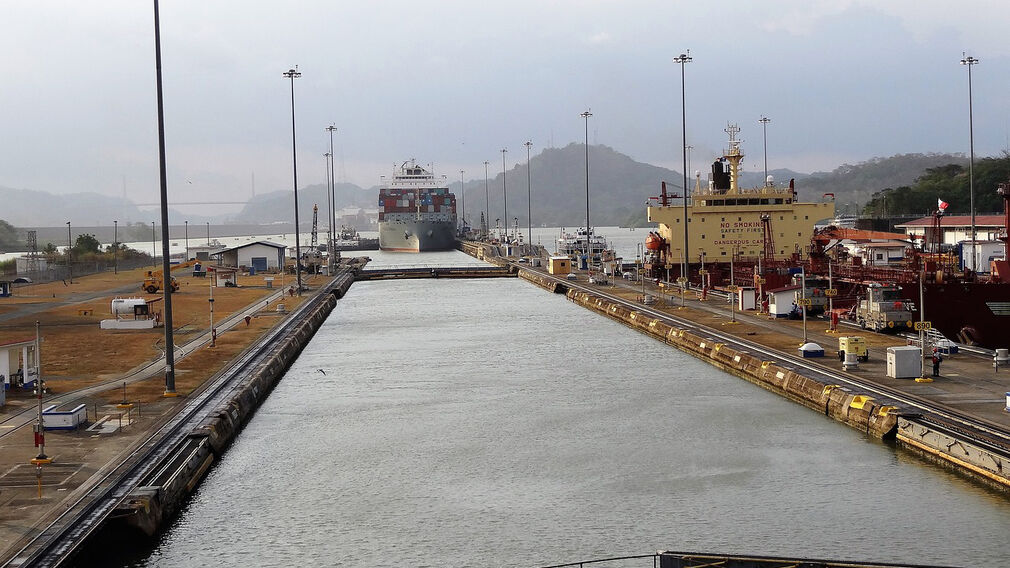Important Shark Data in Panama’s Pacific

Panama has several Important Shark and Ray Areas (ISRAs), making it one of the leading countries in the region in the protection of these species, although there are still pending tasks in terms of conservation.
Through an initiative led by shark experts from the International Union for Conservation of Nature (IUCN), more than 60 ISRAs have been identified in the Pacific, six of which are located in Panama.

Biologist Jorge Morales explained that these ISRAs are located in the Gulf of Chiriquí, Gulf of Montijo, Gulf of San Miguel and Río Tuira, part of the northern Gulf of Panama, Bahía de los Muertos (Chiriquí), Punta Chame and Panama Bay.
What natural treasures do they hold? The northern part of the Gulf of Panama is the largest, with 12,721 km2. The hammerhead shark (Sphyrna lewini) breeds there and the whale shark (Rhincodon typus) feeds there. This area is home to just over 20 species of threatened sharks and rays, including some with a restricted range, such as the banded guitarfish (Zapteryx xyster).
The Gulf of Chiriquí, meanwhile, has 7,494 km2, which whale sharks also use to feed and move.
It is also a resting place for whitetip reef sharks (Triaenodon obesus), which are often seen resting on the rocky shores and coral reef areas of Coiba National Park. The Gulf of Chiriquí is home to a high diversity of threatened sharks and rays (22 species).
The Gulf of San Miguel and the Tuira River, with 2,623 km2, are crucial for the reproduction of the largetooth sawfish (Pristis pristis) and have been highlighted as a key point in the Eastern Pacific for this seriously threatened species.
Regarding Punta Chame and Panama Bay, it is common for the hammerhead shark to use it as a breeding area.
The hammerhead shark also reproduces in the Gulf of Montijo (868 km2), a species that also uses the Bay of Muertos (304 km2) for this purpose. The Pacific smalltail shark (Carcharhinus cerdale) also has its breeding area in the latter.

Morales highlighted that there are other areas with the potential to be classified as ISRAs in the Panamanian Pacific, however, at the time the studies were conducted they did not meet the required criteria.
Regarding the Caribbean area, the project is being carried out in stages, so it will eventually reach this area and it will be possible to learn about the ISRAs it has.
For an area to be recognized as an ISRA, the available scientific evidence, the species it houses and the opinion of experts are taken into account.
The recent study, “Deficiencies in the protection of Important Areas for Sharks and Rays undermine shark conservation efforts in the Central and South Pacific,” in which Morales and other Panamanian researchers participated, highlights the importance of protecting these species.
“Thanks to the study, we realized how important it is that we protect sharks and rays and the sites that are significant to them,” said Morales.





